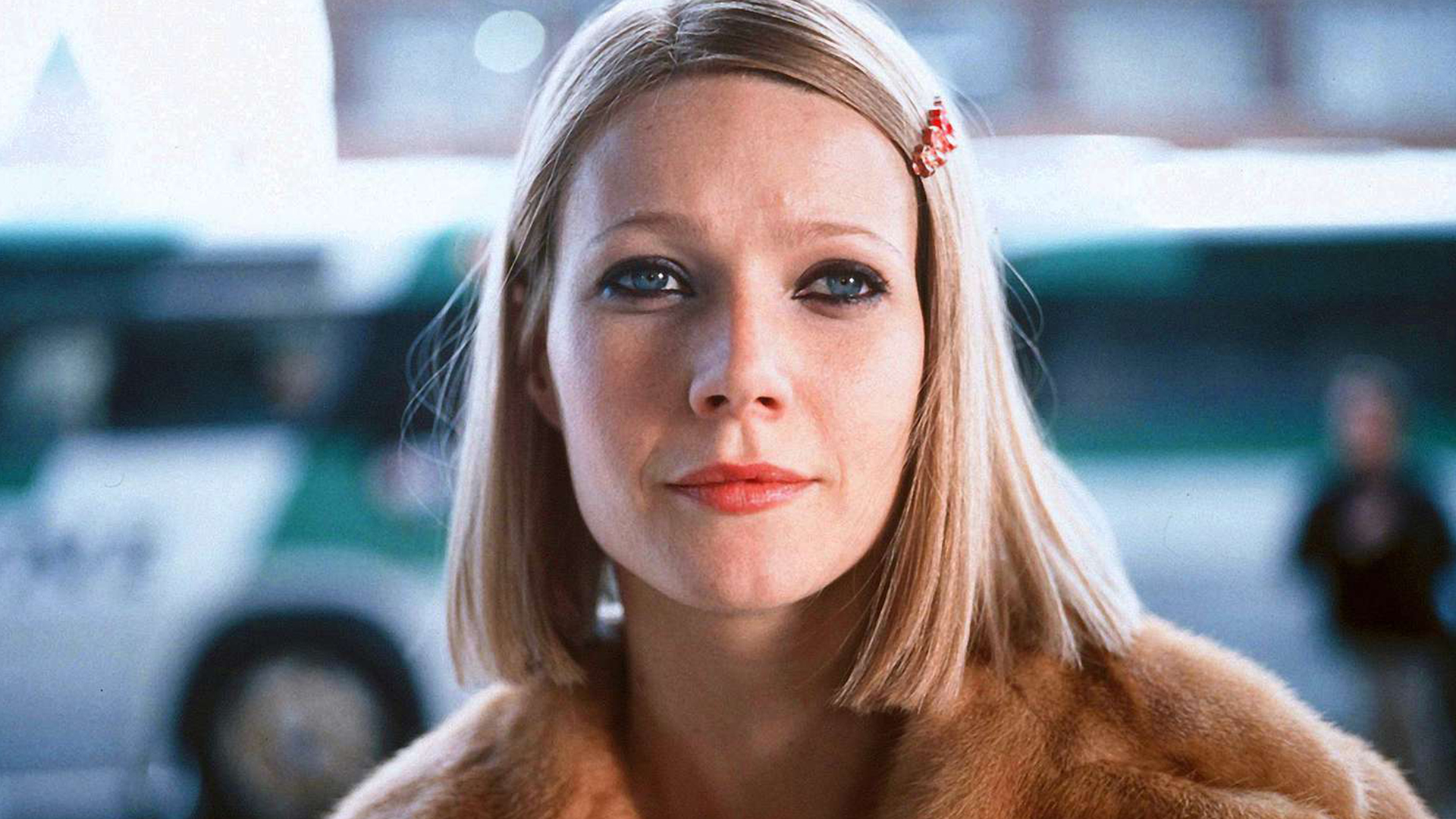Director: Matthieu Bareyre
France, 2018, 94’, color
French with Turkish, English subtitle
In the months following the terrorist attacks in Paris, the youth has taken the night. Led by new faces and unheard groups, with their values and ideals, they open a new dialog, challenge the state and get ready for a new kind of revolution. Young and Alive provides an unique insider’s perspective to the French youth between 2015 and 2017, when atrocities were hitting the headlines and dark feelings of powerlessness and anxiety were abundant. Director Matthieu Bareyre captures a mosaic of words, anger and dreams, with conflicting emotions avoiding bias all through the film. The Parisian wanderings and interviews are all filmed at night, “the time when everything slows down; it’s a metaphor of this hugely dark time which we’re going through.”

The New Year is more than just a date change on the calendar. It often marks a turning point where the weight of past experiences is felt or the uncertainty of the future is faced. This season, Pera Film highlights films that delve into themes of hope, regret, nostalgia, and new beginnings.

Published as part of Pera Learning programs, “The Little Yellow Circle (Küçük Sarı Daire)” is a children’s book written by Tania Bahar and illustrated by Marina Rico, offering children and adults to a novel learning experience where they can share and discover together.
Tuesday - Saturday 10:00 - 19:00
Friday 10:00 - 22:00
Sunday 12:00 - 18:00
The museum is closed on Mondays.
On Wednesdays, the students can
visit the museum free of admission.
Full ticket: 300 TL
Discounted: 150 TL
Groups: 200 TL (minimum 10 people)